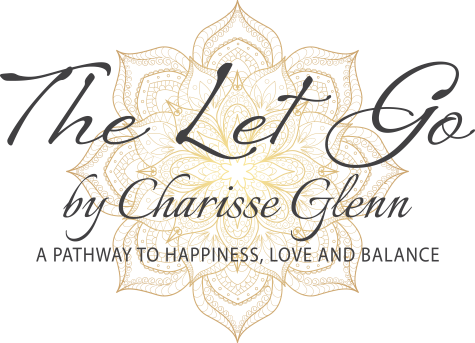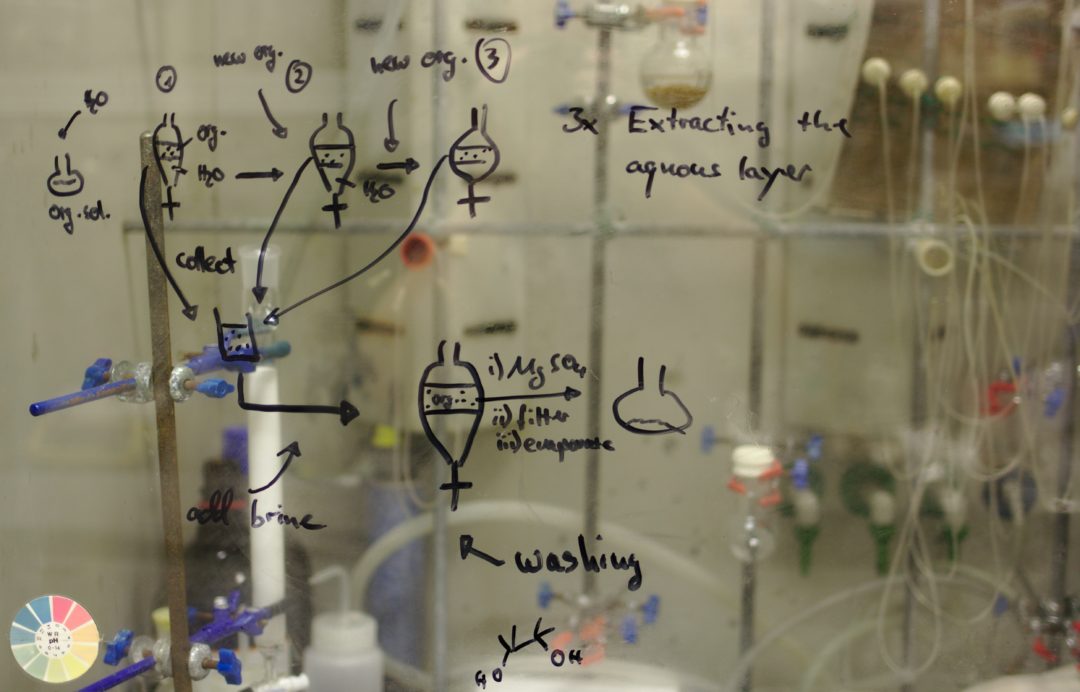Life will give you whatever experience is most helpful for the evolution of your consciousness. How do you know this is the experience you need? Because this is the experience you are having at the moment.— Ekhart Tolle
When it is least expected, life has a way of presenting us with obstacles and challenges. Sometimes, they remind us of the lessons we need to learn; other times, they validate us; if we are walking the walk and not just talking.
It’s constantly happening, much of the time, in small, incidental situations. Often it is, without a doubt, a test. Regardless, we have no control over nor do we know when these circumstances will occur.
However, there is one crucial element we have power over; when shit hits the fan, we have a valuable tool; the ability to control our reaction to whatever comes our way.
This ability is a learned behavior, and once ingrained, it becomes a part of who we are. Some may think it is part of one’s personality, yet, that is untrue. Being calm under pressure is an acquired skill, not a character trait.
Identifying our bodies’ natural reactions when faced with unexpected circumstances is vital if we want to learn to manage our responses in the face of adversity.
It is also essential to remain mindful, knowing the universe never presents us with things we cannot handle. We must learn to trust that we can get through any challenges.
Fight or flight is a physiological reaction to a perceived harmful event, attack, or threat to survival. It is instrumental in understanding what happens within our body when faced with adversity. Our breath becomes shortened, our brains prepare our bodies to flee by contracting our muscles, and our vision becomes narrowed and focused; we lose our peripheral sight.
When faced with an uncertain and unexpected situation, our brains will reach overload if we do not identify and acknowledge the physiological changes. This is when we blow a gasket, freak out, panic, and overreact in unproductive ways. In this state of mind, we can become paralyzed, frozen, unable to make a cognitive decision or do what is necessary.
We must learn to stop the fight or flight cycle by remaining calm and grounded. We can do so by addressing the three significant physical changes that occur.
It begins with recognizing you are in that state. Once this is acknowledged, we can actively slow our breathing. One technique is to consciously inhale for a count of 4, retain your breath for a count of 2 and exhale for a count of 4. Repeat until you have regained a measure of clarity.
If we have trouble focusing on our breath, we can hum or chant slowly and rhythmically until we are soothed, then return to consciously breathing.
Changing how we breathe prevents our body from the automatic brain loop. Instead, breathing gets more oxygen to the brain deactivating the fight-or-flight reaction by stimulating the parasympathetic opposing response, which calms us down.
Next, we must associate the emotions triggered by this stress and convert a potentially harmful feeling into a positive one. By changing the vocabulary of our self-talk, we alter our state of mind.
Some examples of self-talk conversion may include the following:
Nervousness > Excitement
Fear > Anticipation
Frustration > Desire
Worry > Concern
Dread > Caution
Flustered > Excited
Alarmed > Curious
Relabeling our emotions signals to our brains to give up the fight or flight mentality. It provides a perspective to return to relaxed and rational thinking.
How do these techniques work?
Lengthening our breath clears our minds and oxygenates our muscles allowing them to relax.
Changing the emotion expands our vision, restoring our peripheral sight, thus expanding our ability to see the larger, more detailed picture.
When we get stuck in the emotion, it keeps us in tunnel vision, which keeps us in the problem.
Once we understand, we can move away from reactive physiology; it allows the calm and rational brain to come back into the forefront.
These techniques work. Yet, they are only effective if we are mindful enough to implement them in times of distress and challenge. The good news is the more we do it, the easier it becomes. Then one day, you find yourself knee-deep in shit, and you calmly and purposefully navigate your way through it quickly.
Your vision will become clear only when you look into your heart. Who looks outside, dreams. Who looks inside awakens.
~ Carl Jung






Robin
I love The Let Go
Your beautifully written articles really
resonate with me. They help me to stay in the present & remind me to listen to my inner voice. Thank you Charisse 🙏
Happy healthy new year to you. Sending love your way
charisse
Happy New Year to you too dear Robin:)